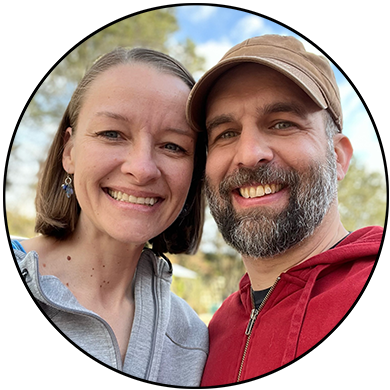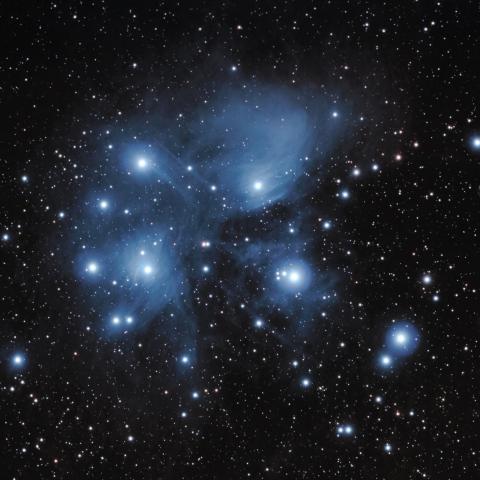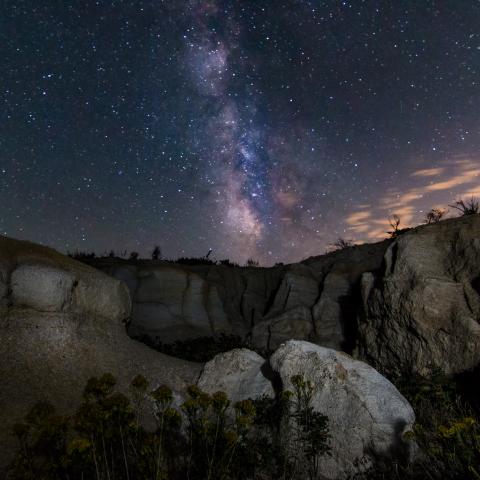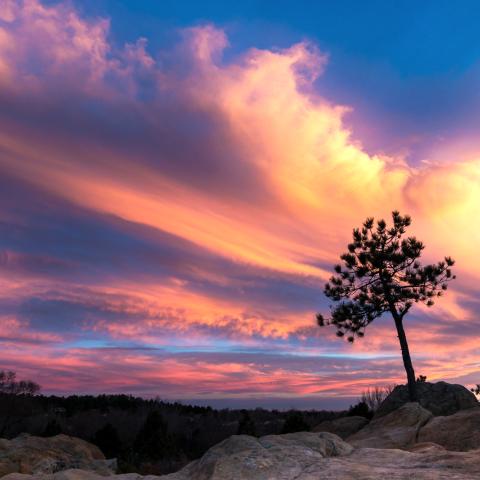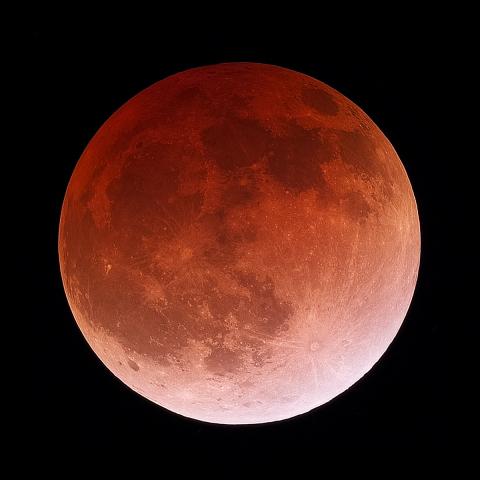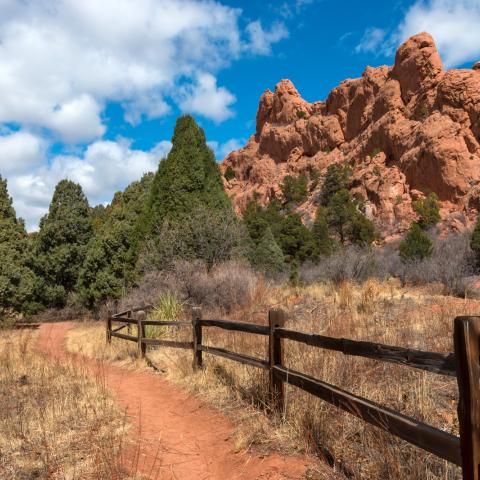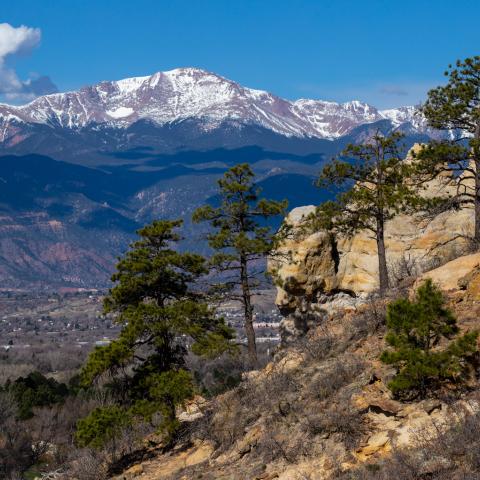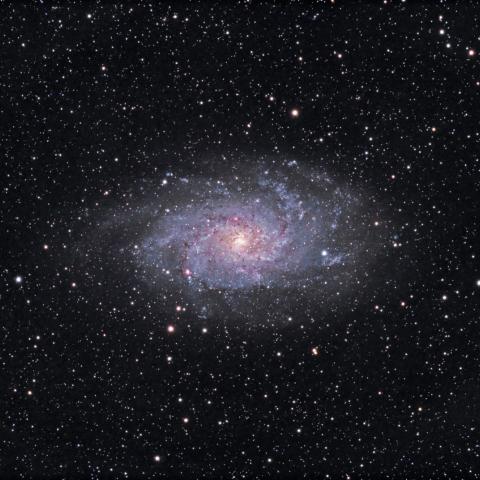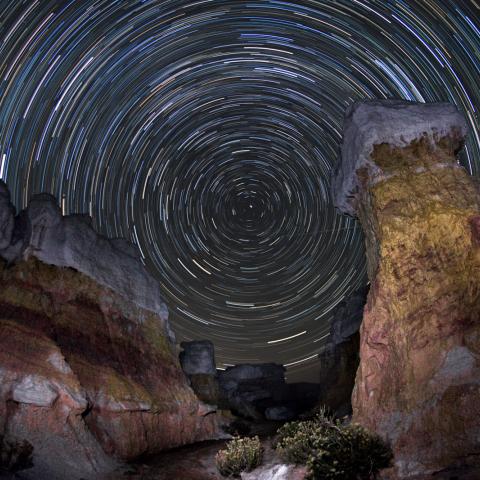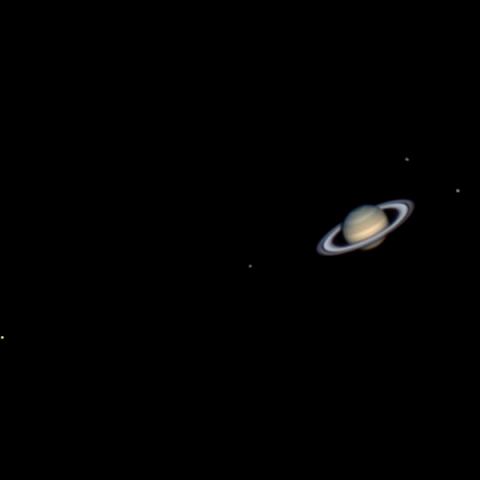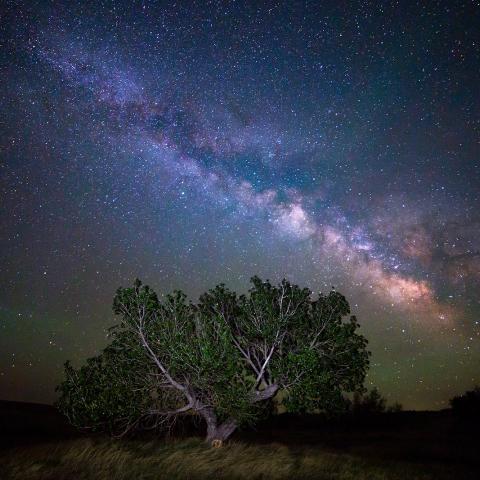The Pleiades, a Beautiful Star Cluster and Nebula in the Constellation of Taurus
I took this photo of the Pleiades in January, 2014, from the moderately light polluted skies of Fayetteville, Arkansas, using a TMB92L refractor telescope, a Canon T3i DSLR, an Orion SSAG autoguider and 50mm guidescope, on a Celestron AVX mount.
The Pleiades are one of my favorite objects in the night sky. They look best through binoculars, which frame the cluster nicely and show off its cool blue stars. The nebula surrounding the Pleiades star cluster is only visible through long-exposure photography. The cluster is also known as M45, the Seven Sisters, and Subaru.
